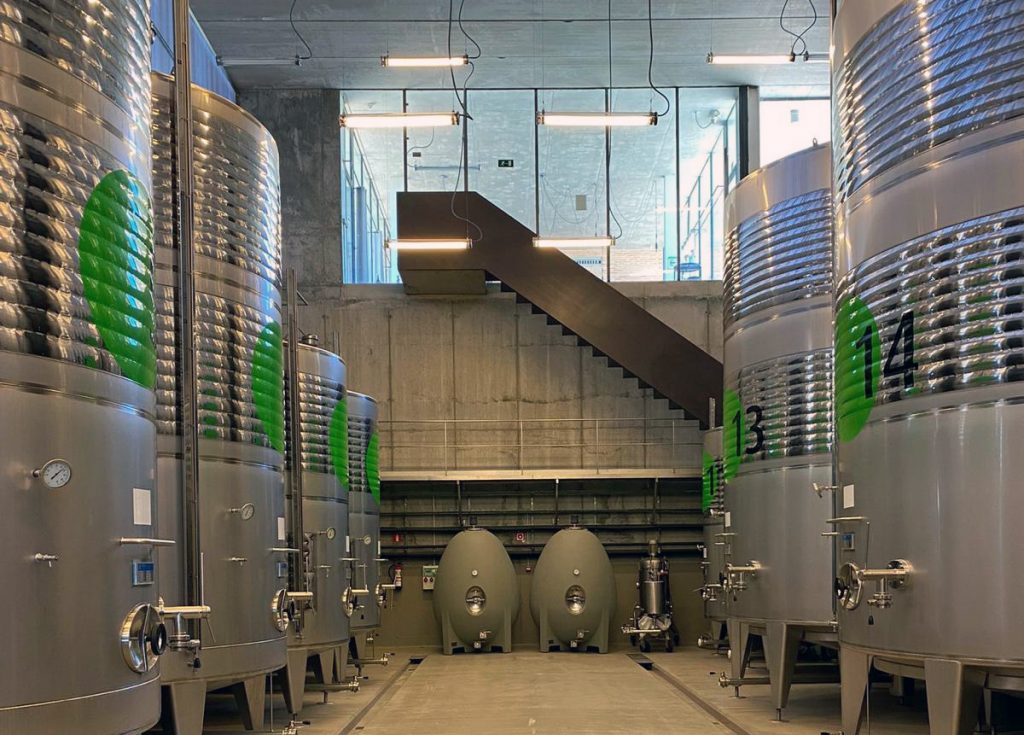What are lees?
The lees, also known as the mothers of wine , are the material that is deposited in the containers that hold the wine when fermentation is complete. The dead yeast cells fall by gravity to the bottom of the tank, then we can choose to filter them or use the bâtonnage technique. The lees are formed by the dead yeasts and other substances that come from the grapes, such as lactic bacteria, fatty acids and polyphenols. These yeasts contribute to the fermentation process and also provide different odors, the fatty acids give density and creaminess to the wine and the polyphenols give color and structure.
To talk about the lees we must know that there are two types; the fine lees and the thick lees. The thick lees are those that appear first and are heavier, their aroma is not pleasant. The fine lees are lighter in weight and take longer to settle, smell good and have a soft yellow color. When the thick lees are deposited, they are eliminated and thus, we are left with only the fine lees.
What are the benefits?
The lees provide numerous benefits to the wine, including:
- They naturally protect against oxidation.
- They prevent the appearance of solid substances and the formation of sediment.
- They contribute to the wine fermentation process.
- They provide pleasant aromas and intensify the variety’s own odors.
- They add complexity to the wine; they give unctuousness, color, structure and richness to the wine.
- They help the aging of wines.
The Bâtonnage technique
The French bâtonnage technique is used so that the lees can provide the benefits mentioned above. This process consists of keeping the lees in suspension by introducing a metal stick which we move gently in circles so that the lees at the bottom rise to the surface. This must be done frequently so that the lees do not settle. Normally, to perform this technique, the ideal at the beginning of the breeding is to do it once a day; when the breeding has already advanced, do it two to three times a week and at the end of the breeding once a week.
For which wines are they used?
Given the multiple benefits provided by the lees, in Familia Martínez Bujanda we carry out this process in several of our white wines. As we have said, it provides them with greater intensity and gives them the possibility of aging for more years. For this reason, at Finca Montepedroso we elaborate our two wines on their lees, and achieve an unparalleled flavor and intensity. Finca Montepedroso Verdejo is a young wine that has spent five months on its lees, stirring weekly. Montepedroso EnotecaThe wine, like the previous one, has spent five months on the lees in a tank, but differs in that it then remains nine months on the lees in a concrete egg, here there is no batonage but the movement is autonomous and very slow, which makes it more complex.
At Finca Antigua, we also age on its lees the Finca Antigua Viuraan organic white wine made from the Viura grape variety, in which the aging process gives it a fruity aroma and an aging capacity that will improve in the bottle for many years.
As we have mentioned before, in Familia Martínez Bujanda we use this technique to differentiate ourselves; our goal is to be able to produce white wines that have more structure and intensity, that are more flavorful and thus manage to remain in the memory of our customers.
Come visit us and enjoy an experience you won’t forget.
We look forward to your visit!




